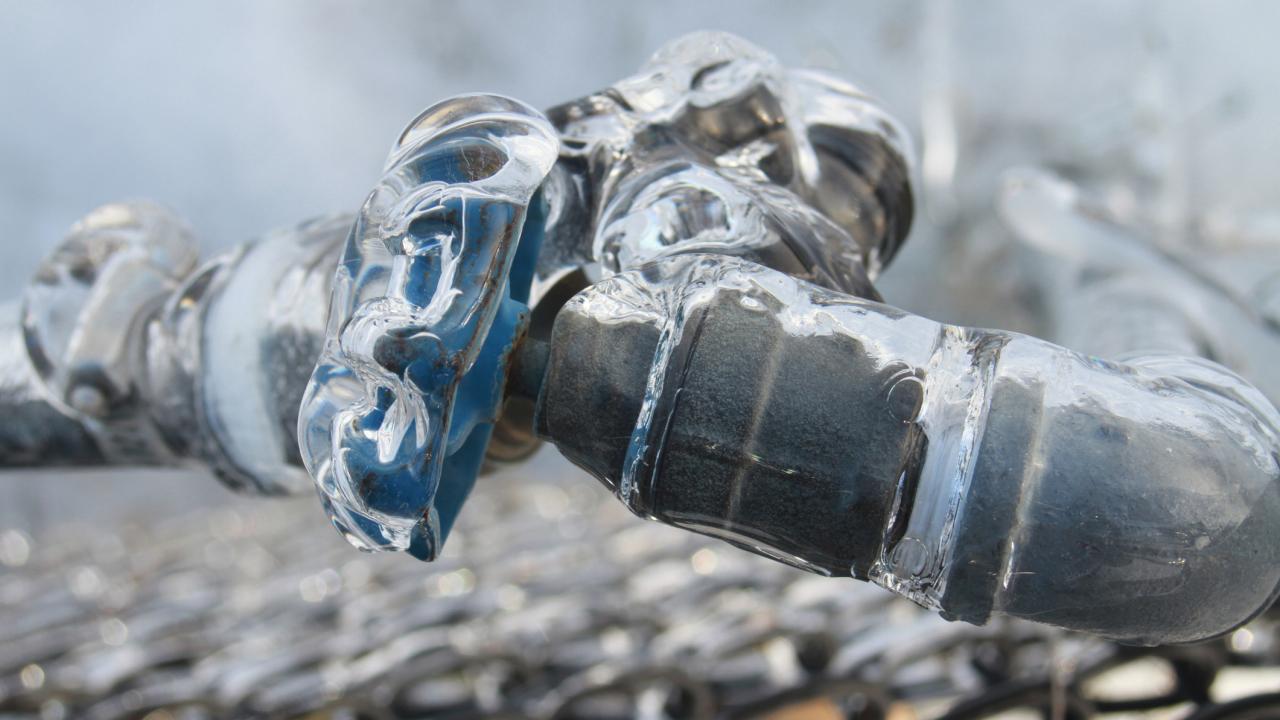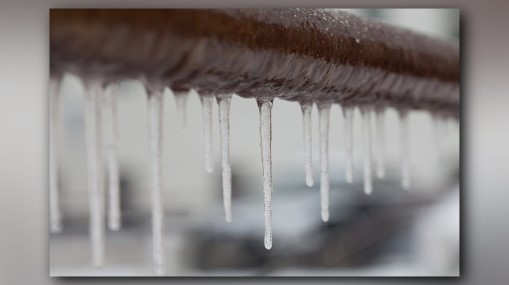Important Tips to Avoid Frozen Plumbing in Winter: Professional Insights
Important Tips to Avoid Frozen Plumbing in Winter: Professional Insights
Blog Article
Are you currently on the lookout for help and advice around How To Avoid Freezing Pipes?

Cold weather can wreak havoc on your pipes, especially by freezing pipes. Below's how to stop it from occurring and what to do if it does.
Introduction
As temperature levels drop, the risk of icy pipelines increases, potentially leading to costly repair work and water damage. Comprehending exactly how to avoid frozen pipelines is critical for home owners in cool environments.
Comprehending Frozen Pipes
What triggers pipelines to ice up?
Pipelines ice up when revealed to temperature levels below 32 ° F (0 ° C) for expanded durations. As water inside the pipes ices up, it expands, taxing the pipeline wall surfaces and possibly causing them to rupture.
Risks and problems
Frozen pipes can result in water disruptions, residential property damages, and costly repair work. Burst pipelines can flooding homes and cause extensive architectural damage.
Signs of Frozen Piping
Recognizing frozen pipelines early can avoid them from bursting.
Just how to identify icy pipes
Look for reduced water flow from taps, unusual odors or sounds from pipes, and noticeable frost on exposed pipelines.
Prevention Tips
Insulating prone pipes
Wrap pipelines in insulation sleeves or utilize warmth tape to secure them from freezing temperature levels. Focus on pipelines in unheated or exterior areas of the home.
Heating methods
Keep indoor spaces properly warmed, especially areas with plumbing. Open cupboard doors to enable cozy air to flow around pipelines under sinks.
Shielding Exterior Pipes
Yard pipes and exterior faucets
Separate and drain garden hoses prior to winter. Mount frost-proof spigots or cover outside taps with shielded caps.
What to Do If Your Pipes Freeze
Immediate activities to take
If you think icy pipes, keep faucets available to eliminate stress as the ice melts. Utilize a hairdryer or towels soaked in warm water to thaw pipes gradually.
Long-Term Solutions
Structural adjustments
Take into consideration rerouting pipes far from outside walls or unheated locations. Add additional insulation to attic rooms, basements, and crawl spaces.
Updating insulation
Invest in high-grade insulation for pipes, attic rooms, and walls. Correct insulation assists maintain constant temperature levels and reduces the danger of icy pipelines.
Conclusion
Avoiding frozen pipelines calls for aggressive measures and quick reactions. By recognizing the reasons, indicators, and preventive measures, house owners can secure their pipes throughout winter.
5 Ways to Prevent Frozen Pipes
Drain Outdoor Faucets and Disconnect Hoses
First, close the shut-off valve that controls the flow of water in the pipe to your outdoor faucet. Then, head outside to disconnect and drain your hose and open the outdoor faucet to allow the water to completely drain out of the line. Turn off the faucet when done. Finally, head back to the shut-off valve and drain the remaining water inside the pipe into a bucket or container. Additionally, if you have a home irrigation system, you should consider hiring an expert to clear the system of water each year.
Insulate Pipes
One of the best and most cost-effective methods for preventing frozen water pipes is to wrap your pipes with insulation. This is especially important for areas in your home that aren’t exposed to heat, such as an attic. We suggest using foam sleeves, which can typically be found at your local hardware store.
Keep Heat Running at 65
Your pipes are located inside your walls, and the temperature there is much colder than the rest of the house. To prevent your pipes from freezing, The Insurance Information Institute suggests that you keep your home heated to at least 65 degrees, even when traveling. You may want to invest in smart devices that can keep an eye on the temperature in your home while you’re away.
Leave Water Dripping
Moving water — even a small trickle — can prevent ice from forming inside your pipes. When freezing temps are imminent, start a drip of water from all faucets that serve exposed pipes. Leaving a few faucets running will also help relieve pressure inside the pipes and help prevent a rupture if the water inside freezes.
Open Cupboard Doors
Warm your kitchen and bathroom pipes by opening cupboards and vanities. You should also leave your interior doors ajar to help warm air circulate evenly throughout your home.

I hope you enjoyed our excerpt about How To Avoid Freezing Pipes. Thanks for taking the time to browse our short article. Make sure you set aside a second to share this entry if you liked it. Kudos for your time. Kindly come by our blog back soon.
Find Out More Report this page